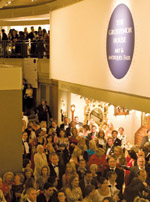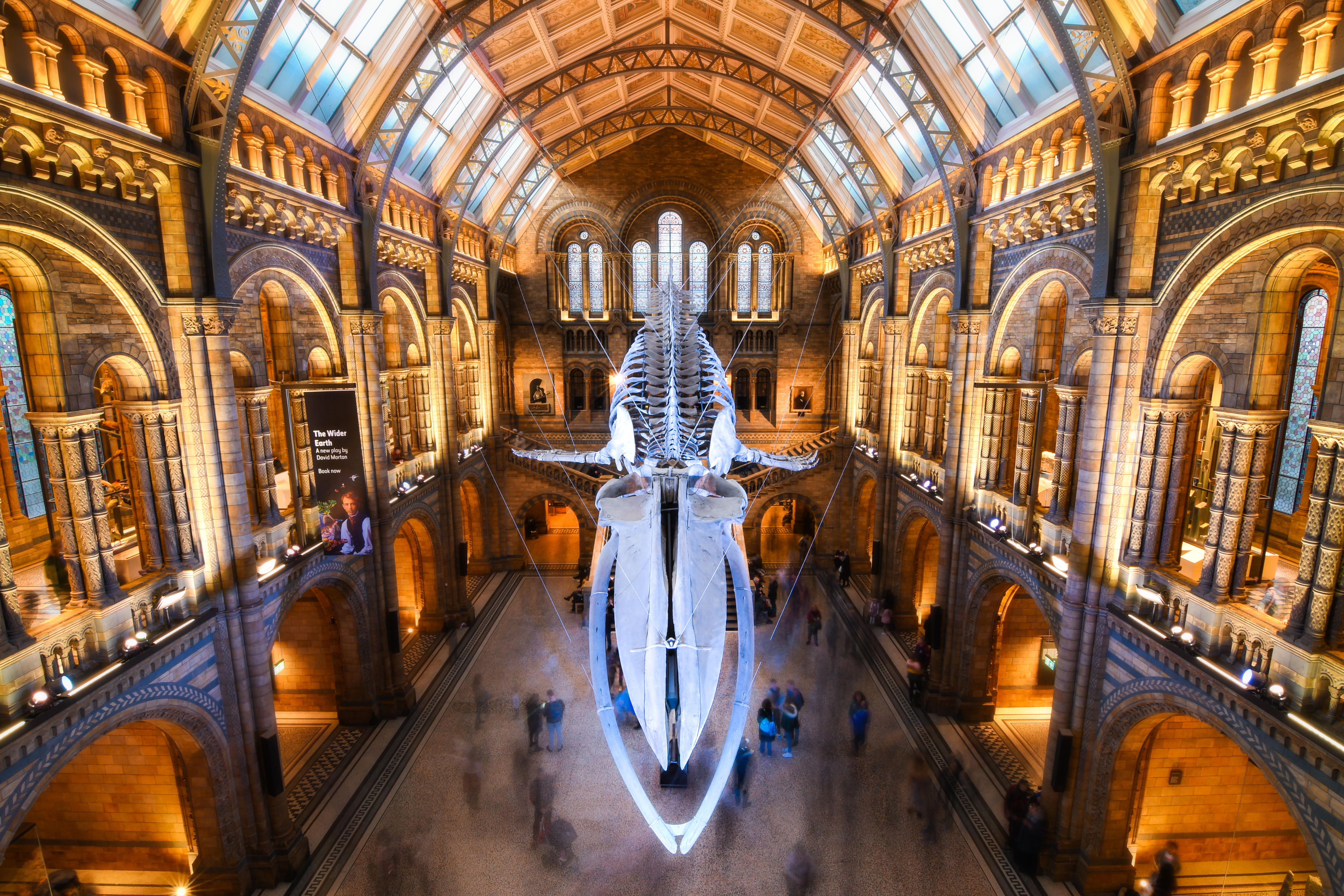Grosvenor Art Fair is 75
The Grosvenor Art Fair is guaranteed to throw up a few treasures in this, its 75th year


The world has come full circle for the Grosvenor House Art & Antiques Fair (June 11–17). The first one came at the beginning of the long recovery from the Great Depression, and, perhaps once again, the fair can play its part in economic recovery. However, in other respects, 1934 was a very different world. Despite the shocks that society had already suffered in the 20th century, the old proprieties still ruled. As Frank Davis (Country Life’s late Art Market correspondent) said, the use of the word ‘fair’ was decried by some as ‘its undertones of popular, carefree amusement might give an impression of raucous irresponsibility, far removed from the cloisteral calm usually associated with the acquisition of works of art’.
Luckily, that first occasion proved not only popular, but profitable, and, pausing only for a further world shock in 1939–1947, and a domestic one, the chambermaids’ strike in the early 1980s, it has continued to be so, establishing itself at the peak of the art-market and social year. A connection with royalty, both British and European, was established in its second year, and, in 1937, Queen Mary became the first royal patron. Her daughter-in-law, Queen Elizabeth, the Queen Mother, and her granddaughter Princess Alexandra followed.
For more news stories like this every week, subscribe and save
This year’s fair (020–7399 8100; www.grosvenorfair.co.uk) boasts at least one of the original 1934 exhibitors: Delomosne, the distinguished antique-glass dealers. Martin Mortimer, who joined the business in 1948, has dug out his Handbook for that year. His ‘then and now’ makes fascinating reading: although the price of entry 3s 6d then, £16 now, with £27 for a double and £65 for the private view may seem vastly inflated, it is comparable in terms of average earnings. However, tastes, the market, and the fair itself have changed dramatically. At first, only exhibits dating from before 1830 were allowed, and only in 1973 was a room set aside for works of the highest quality, of course from 1830 to 1930. In 1994, datelines were abandoned altogether.
Because space is restricted, Grosvenor House has never been a truly international affair. Instead, like the Paris Biennale, it represents the best of the national trade, with a very few, very distinguished, overseas participants. This has sometimes made it seem fusty, a matter of English furniture and safe Old Master, Impressionist and Post-Impressionist paintings. However, this year is different. Several of the most eminent English furniture dealers have closed or retired, London’s picture dealers are launching a new Master Paintings Week next month, and the majority of Old Master exhibitors have withdrawn. This has allowed in new blood, which should be a good thing, provided the highest standards of the past 75 years are maintained.
For more news stories like this every week, subscribe and save
Sign up for the Country Life Newsletter
Exquisite houses, the beauty of Nature, and how to get the most from your life, straight to your inbox.
Country Life is unlike any other magazine: the only glossy weekly on the newsstand and the only magazine that has been guest-edited by HRH The King not once, but twice. It is a celebration of modern rural life and all its diverse joys and pleasures — that was first published in Queen Victoria's Diamond Jubilee year. Our eclectic mixture of witty and informative content — from the most up-to-date property news and commentary and a coveted glimpse inside some of the UK's best houses and gardens, to gardening, the arts and interior design, written by experts in their field — still cannot be found in print or online, anywhere else.
-
 Athena: We need to get serious about saving our museums
Athena: We need to get serious about saving our museumsThe government announced that museums ‘can now apply for £20 million of funding to invest in their future’ last week. But will this be enough?
By Country Life
-
 Six rural properties with space, charm and endless views, as seen in Country Life
Six rural properties with space, charm and endless views, as seen in Country LifeWe take a look at some of the best houses to come to the market via Country Life in the past week.
By Toby Keel